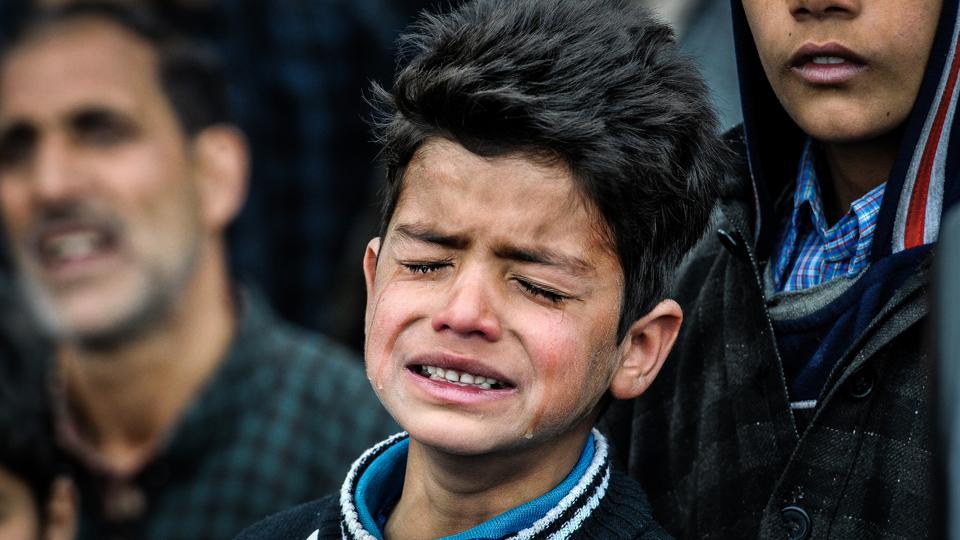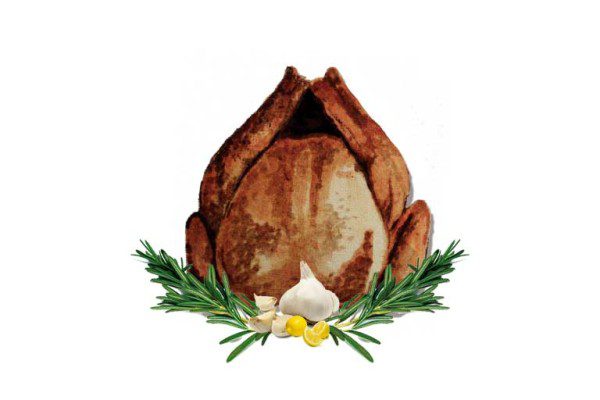Despite the army chief - General Bipin Rawat’s warning to Kashmiris that “tough action” would be taken if they created “hurdles” for security forces during anti-militancy operations, the security forces have had to face tough resistance from the people in the three encounters in south Kashmir since the beginning of March, reports our correspondent.
Hundreds of civilians reportedly gathered at the encounter site on March 4 in Shopian’s Chillipora Heff village. The civilians were seen chanting pro-freedom slogans and simultaneously hurling stones at the security forces in a bid to break the cordon around a house, where two to three militants were believed to be holed-up. The security forces had to call off the operation after they couldn’t find any militant in the house.However, six Central Reserve Police Force (CRPF) personnel were reportedly injured when their vehicle turned upside down after angry villagers’ pelted stones on the CRPF contingent. The villagers had gathered to protest against the anti-militancy operation.
Soon after the militants and the government forces exchanged fire, hundreds of people marched towards the encounter site. Chanting pro-freedom and anti-India slogans people tried to break the cordon around the house, where the militants were holed up, in order to help them (militants) escape from the encounter site.
On the same day (March 4), security forces launched an operation against militants in neighbouring south Kashmir’s Tral area. Two militants were killed in the 24-hour-long encounter in Nazneenpora village. Even though forces began the operation by cordoning the house in which the militants had taken refuge; it was the resistance from the people that made the operation tougher and hence it took more time to knock down the guerrillas. Soon after the militants and the government forces exchanged fire, hundreds of people marched towards the encounter site. Chanting pro-freedom and anti-India slogans people tried to break the cordon around the house, where the militants were holed up, in order to help them (militants) escape from the encounter site.
The encounter, which began on Saturday evening, stretched to the next day amid heavy exchange of fire between militants and security forces. On Sunday morning, I rushed to Nazneenpora. However due to clashes between the youth and security forces, I was stopped at Nigeenpora, which is half a kilometre away from Nazneenpora, where the encounter between militants and security forces was underway. Hundreds of women and men had gathered at Nigeenpora on the road outside the house of Aqib Ahmad Bhat, one of the slain militants. As a group of people began marching towards the encounter site, security forces resorted to teargas shelling.
In the meantime, I saw two people helping a young man in his mid-twenties to walk as a teargas shell had hit him. The teargas shell, fired by the government forces had hit him on the leg. Merely, half an hour had passed when I saw the injured youth again, limping. Many advised him to go home but he refused.
Though many news organisations had already confirmed the death of both the militants, following a statement by the state police chief, SP Vaid, to a leading news organisation but no one at Nigeenpora and Nazneenpora believed the media reports or the police chief’s statement.
Though many news organisations had already confirmed the death of both the militants, following a statement by the state police chief, SP Vaid, to a leading news organisation but no one at Nigeenpora and Nazneenpora believed the media reports or the police chief’s statement. “We are not convinced either by the media reports or the police chief’s statement,” said a protestor adding that “how can police claim that the militants have been killed when the bodies are yet to be recovered?”
Aqib, who joined the militant ranks in September 2013, was a close aide of Burhan Wani. Burhan Wani, a former militant commander was killed in July last year in south Kashmir’s Kokernag area. His killing sparked a five-month-long uprising in Kashmir, during which over 90 civilians were killed and thousands received injuries, mostly in violent protests with police and security forces.Following Wani’s killing, there is a sudden increase in the support for militant groups in the Kashmir valley, which can be gauged from the fact that hundreds of people risk their lives near encounter sites, when they become part of violent protests against security forces in order to help militants escape from the scene.
On February 14, General Bipin Rawat issued strict warning against the people trying to help militants escape by disrupting forces engaged in anti-militancy operations. “Those who obstruct our operations during encounters and are not supportive will be treated as over-ground workers of terrorists,” Rawat had said.
Following Rawat’s warning, the Jammu and Kashmir Government has also issued formal orders issuing restrictions within a three-kilometre radius from the site of any counter-insurgency operation in district Srinagar, Budgam and Shopian.
“District Administrations of Srinagar, Budgam and Shopian advised people not to move towards or assemble near the places where encounters take place between security forces and militants to avoid loss and injuries to precious human lives,” an official spokesman was quoted as saying by the news agency PTI. “Prohibitory restrictions have been imposed within the radius of three kilometres from the site of any counter- insurgency operation in these districts,” he added.
However, with each passing day violent clashes are being witnessed at encounter sites. “We are not afraid of Rawat’s warning,” a group of angry protestors told me in Nigeenpora. “They (militants) are our heroes, the torch bearers of our freedom struggle,” said a youth, wishing anonymity.
However, with each passing day violent clashes are being witnessed at encounter sites. “We are not afraid of Rawat’s warning,” a group of angry protestors told me in Nigeenpora. “They (militants) are our heroes, the torch bearers of our freedom struggle,” said a youth, wishing anonymity. The young man, with an M.Sc degree told me he had walked four miles by foot to reach to the encounter site and take part in the protests. “Here you can see people from Shopian, Kulgam and Anantnag districts. Why had they come to Tral from these far-away places,” the young man asked me. I looked at his face as he replied, “It is the love for Azaadi.”
On March 9, government forces killed two Lashkar-e-Tiaba (LeT) militants in Padgampora area of Pulwama district. A 15-year-old boy, Amir Nazir, was also killed after being hit by a “stray bullet” at the encounter site and another victim Jalaluddin, died due to heart failure while running for safety during the clashes.Though the opposition parties have already condemned General Rawat’s statement, political analysts believe it will intensify people’s anger.
Tral’s protests are latest examples how General Bipin Rawat’s stern warnings have only intensified people’s anger. Politicians at the helm should understand that their apathy, inaction and insensitivity toward the loss of precious lives of youth in Kashmir will only lead to further destruction,” says Gowhar Geelani
“Political issues need political solutions. Kashmir can’t be solved militarily. Tral’s protests are latest examples how General Bipin Rawat’s stern warnings have only intensified people’s anger. Politicians at the helm should understand that their apathy, inaction and insensitivity toward the loss of precious lives of youth in Kashmir will only lead to further destruction,” says Gowhar Geelani, a Kashmiri journalist and political analyst.
Senior journalist, Khursheed Wani in an article in The Pioneer writes, “The defiance at the encounter sites reflects the hopelessness of Kashmiris, especially the youngsters, who seem to be ready to prefer death if it comes out of some degree of ‘heroism’. The Government and its agencies may rightly blame Pakistan and the separatists for this situation, but this cannot exonerate it completely. The fact is that the people in Kashmir perpetually live an abnormal life. There is uncertainty about the future as people discuss real and perceived threats to their existence.”
Less than a month has passed since Rawat’s advisory to Kashmiris, but on the ground, the situation is only getting worse. With Kashmiris not seeing any serious initiative being taken by the Indian government towards the resolution of long-pending Kashmir issue, voices like “there is only one solution, gun solution – gun solution” are only getting louder in the Kashmir valley.
Image via www.hindustantimes.com
Photo credits: Hindustan Times Photographer, Waseem Andrabi.


